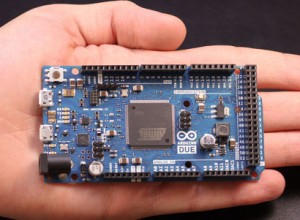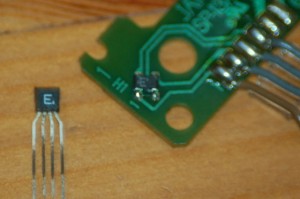Innovation! What a great idea. Unfortunately, as Edison said, “Genius is one percent inspiration and ninety nine percent perspiration.” So I am ambitiously pursuing my brilliant idea of how to do a simple job with the least complicated solution. Developing a means of having a train go down a single track, traverse a reverse loop, and return to its origin with minimal human intervention. Seems simple enough, doesn’t it? Whoa! Let me tell you what I have done so far and what I foresee as yet to come in this “simple” endeavor.
First, I had to overcome the skepticism of my fellow helpers who all claim this is way too complicated to be done simply and efficiently. To do this I sent a preliminary drawing out and asked for help. This at least convinced them that I was serious, even if they thought I was still crazy. Now that the communication exchange had begun, the ideas and answers began to pop up. Some of the simple things that needed to be solved included how to automatically change the polarity of the tracks in the loop without having to stop the train, how to notify the engineer when the main throttle direction should be changed, how to protect the mainline from having the train go against itself when coming out of the loop, and the list goes on. Control of these functions is dependent upon knowing the location of the train at any given time. Here we go again!
Now I have to find some way of sensing the position of the train and relaying it to some sort of control mechanism. I decided that an Arduino microcontroller should do the job of providing a control mechanism for all the operations necessary to control the power supply for the trains in this section. I also decided to see if Hall effect sensors would work as the means of providing the necessary position indicators to feed this information to the Arduino. Again, simple ideas but complicated answers. How many Gauss does an electric train motor radiate? What, you say. So did I. I need to know something about these little motors in order to use the Hall sensors as a sensing mechanism.
How many relays does it take to control the polarity of the power being fed to the track? Simple suddenly doesn’t seem so simple any more. To answer these questions, I ordered the parts I would need to complete my experiment and test my brilliant ideas. Now all I have to do is wait for them to arrive.
Meanwhile, I am trying to figure out the magnetic pattern of my little locomotives so I know how to position the Hall sensors in the track, if in fact they will work at all, to detect the little trains. If, and that is a BIG if, this all works out as planned, I then need to delve into programming the Arduino to control the necessary hardware to accomplish my end desire. As you can see, what Edison was alluding to is that as each solution for a simple problem comes up, so does another problem required to be solved to support the original idea. Nothing is as simple as it at first appears.
I will keep plugging away at my problem and eventually either come up with a satisfactory solution or realize that it “simply” cannot be done.
Until next time, keep training.
Brian



